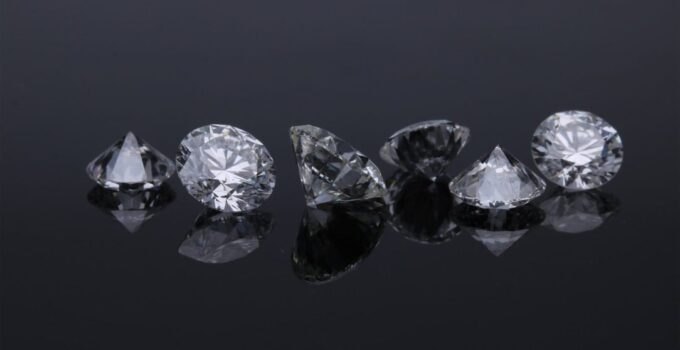Diamond engagement rings never go out of style! And, unfortunately, neither do the myths and misconceptions surrounding them. For years, diamond engagement ring myths have been shared online and recirculated over and over again. It’s time that we put an end to the madness by setting the record straight.
Don’t Fall For These 6 Ridiculous Myths
When you have something as important, iconic, and expensive as a diamond engagement ring, there will always be certain myths about it. The most important thing you can do is pluck out these myths from the truth, so that you can make a smart purchase that makes both you and your spouse happy.
Here are a few pervasive myths that you should ignore:
1. Lab Grown Diamonds are Fake Diamonds
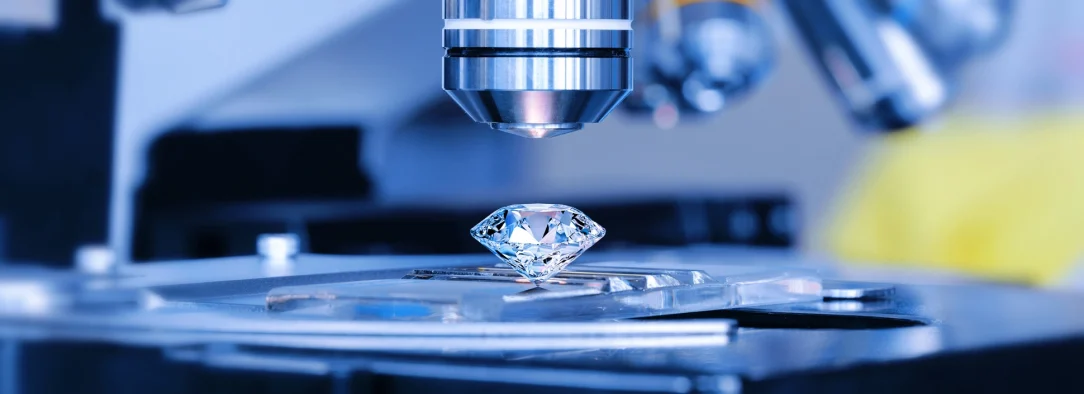
Source: creditdonkey.com
Lab grown diamonds have become extremely popular over the past few years. And as with anything new in the industry, there are lots of misconceptions that surround it. One of these misconceptions has to do with their authenticity.
Perhaps you’ve heard someone say something like, lab grown diamonds aren’t real – they’re fake! And if you don’t know anything about lab grown diamonds, you might be tempted to assume this is true. However, this is a total myth.
When you look at lab grown diamonds and mined diamonds (which is the term for diamonds that are cut from the earth), there are only two differences between them: origin and price. Everything else is the same. Lab grown diamonds are, obviously, grown in a laboratory, while mined diamonds are grown in the earth. This makes the lab grown option much less expensive. However, everything else is exactly the same.
While some gemologists and jewelers would be too embarrassed to admit it, it’s nearly impossible for them to tell the difference between a lab grown diamond and a mined diamond – even when they put them under a microscope. That’s because they have the exact same chemical structure. They’re just as clear as mined diamonds (sometimes even clearer) and have the same level of hardness. There are even several tests you can run to confirm the authenticity of a diamond on your own. Find out more here!
The misconception that lab grown diamonds are fake is already starting to fade. As more people become comfortable with the idea, the stigma is disappearing within the industry. Even some longtime gemologists are changing their tunes and starting to support his movement (which is pretty amazing, when you consider the fact that gemologists have the highest standards of anyone in the industry).
2. The Bigger the Diamond, the Better
In America, we seem to have a problem with falling for the idea that bigger is better. Whether it’s a house, a combo meal from McDonald’s, or a diamond engagement ring, we often equate quality and desire with size. But size is not the most important factor of a diamond. There are countless other elements that matter, including (but not limited to) clarity, cut, and color.
Can a big diamond be beautiful? Absolutely. But is it the defining characteristic? Absolutely not. Given the choice between a cloudy 2-carat diamond and a clear 1-carat diamond, every gemologist is going to choose the smaller diamond. Size only matters when every other factor is equal.
3. You Can’t Do Color in an Engagement Ring
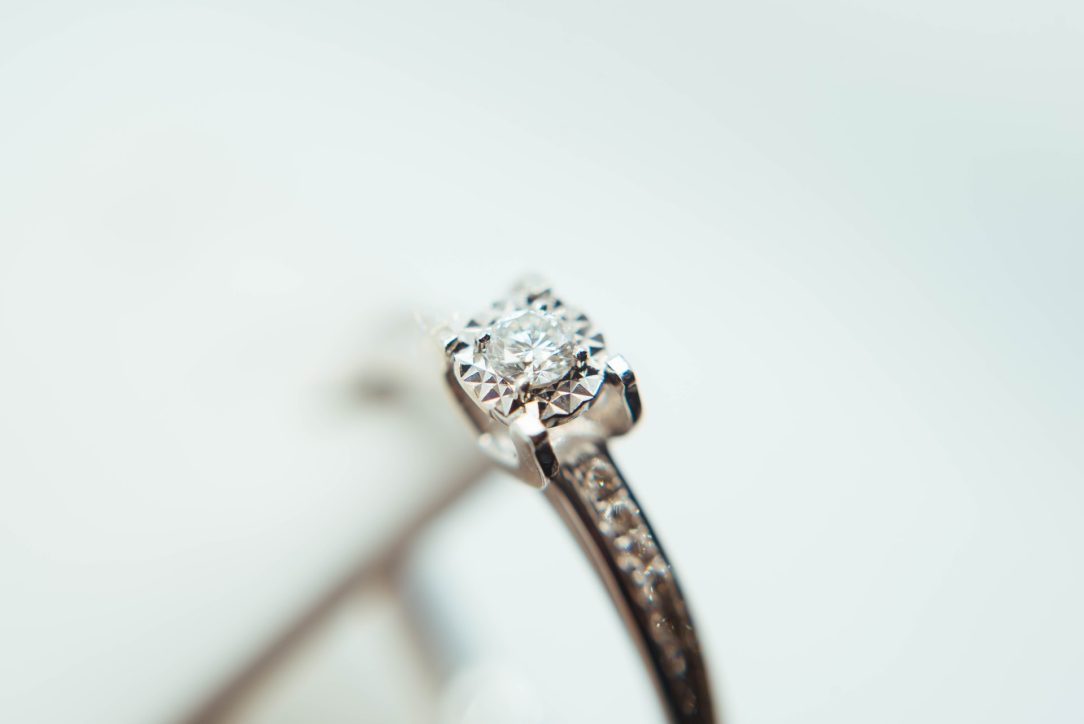
Source: unsplash.com
Color is another one of those things that people get scared of with engagement rings. However, with so many beautiful gemstones to choose from, you shouldn’t shy away from color. Whether for the center stone or as part of the setting, color can help you achieve a truly unique look. (Even Princess Diana had sapphire blue in her engagement ring set.)
4. You Must Spend 3 Months’ Salary
There was an old rule of thumb that said you were supposed to spend three months’ salary on a diamond engagement ring. In other words, if you make $5,000 per month, you need to spend at least $15,000 on the ring. But this advice is truly dated.
The “three month rule” was coined by the De Beers diamond company back in the 1930s. While it seemed logical to consumers at the time, it was actually just a ploy to get people to spend more. And nearly 100 years later, many people still use this same rule to guide their purchase decisions. Almost everything else in the world has changed over the past century. Why should you still follow this dated rule?
5. You Can’t Buy a Diamond Ring Online
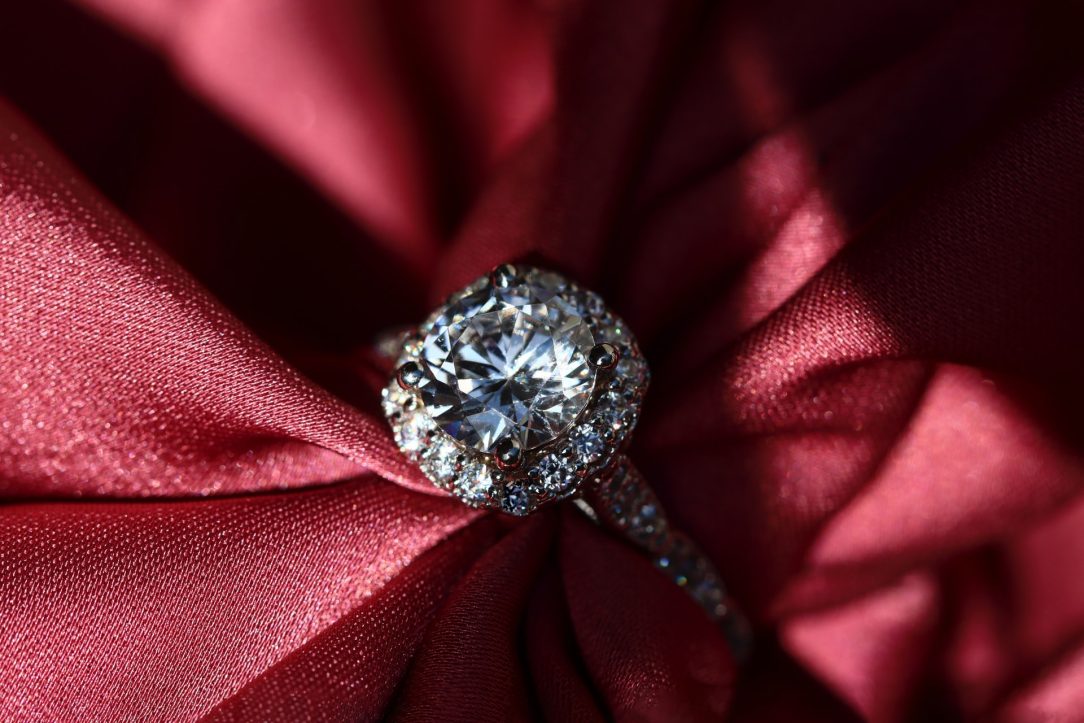
Source: unsplash.com
There was a time when buying something as expensive and important as a diamond online felt a little questionable. However, we now live in a world where people buy houses and cars online. Not only is the process easy, but these transactions are extremely safe and secure (assuming you’re working with a reputable company).
When buying a diamond engagement ring online, always do your research on the company. Don’t just take their word for something. Find third-party websites and research to verify that they are who they say they are.
6. The Jeweler’s Opinion is Gospel
Jewelers are skilled professionals who have a lot of knowledge and expertise in diamond rings. They can talk to you about cut, color, clarity, and carat. They know all about different metals, bands, and settings. They can even walk you through the process of creating custom rings and everything that is involved.
Most jewelers are trustworthy and will do their best to help you find a quality ring at an affordable price that fits your budget. But guess what? Your jeweler is not you. And your jeweler certainly isn’t your fiance. Don’t let them choose a ring for you or talk your fiance out of something they’ve always wanted.
Jewelers often have very specific opinions. And in most cases, their opinions are based on years of evidence and insight. However, they aren’t the one buying the ring. Letting a stranger convince you to buy something with more stones, a bigger center diamond, or a more expensive metal isn’t wise.
Finding the Perfect Engagement Ring
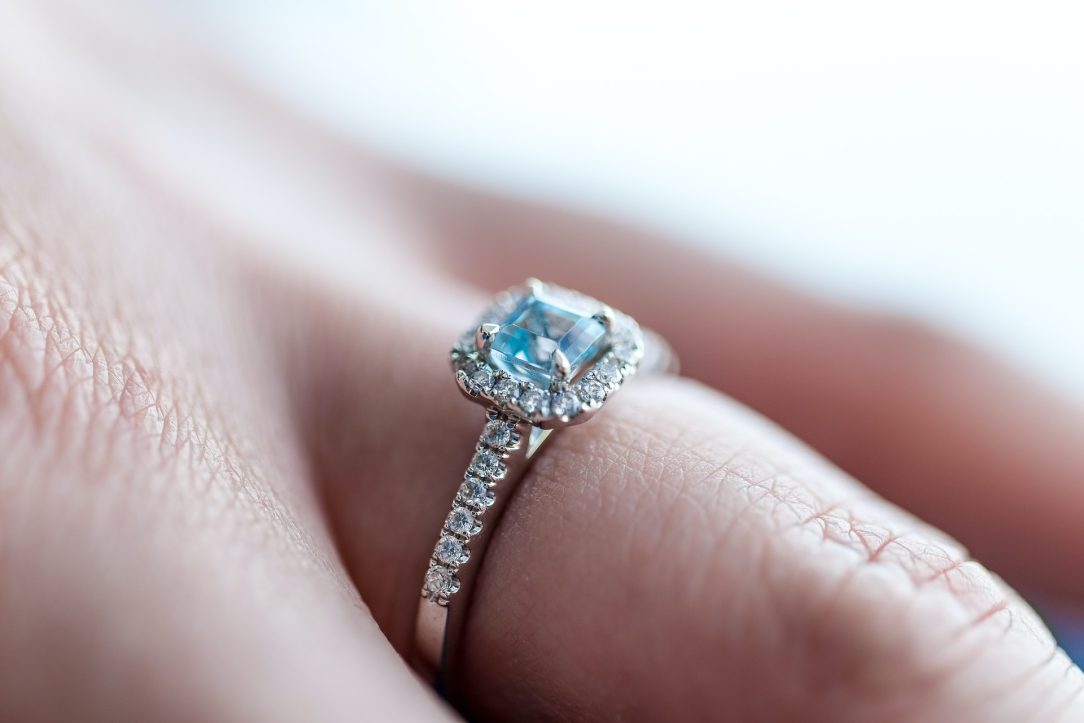
Source: unsplash.com
When shopping for a diamond engagement ring, there are hundreds of thousands of different combinations to choose from. Between band materials, types of diamonds, settings, cuts, and colors, you can go in any number of directions. The important thing is that you don’t fall for pervasive myths like the ones highlighted in this article. Instead, take your time, do your research, and make an informed decision based on the facts.

